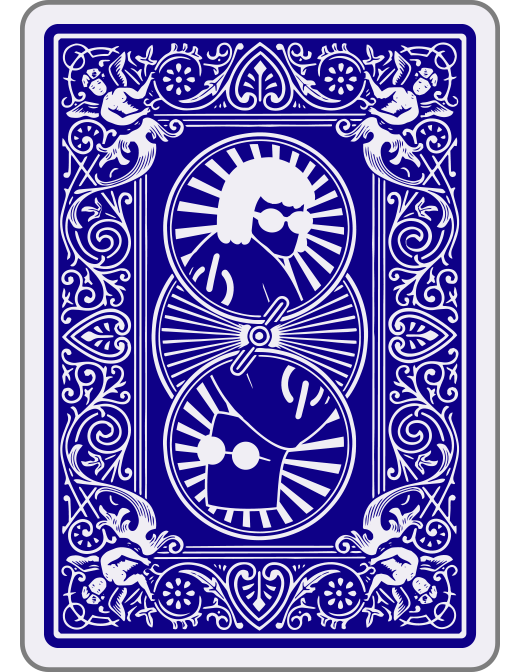ux + ui + visual + interaction + motion design • art direction
year: 2015 • project length: 5 months • platform: ios/android
In the United States and Canada, Klondike is the most well-known solitaire game, to the point that "solitaire," in absence of other qualifiers, usually refers to Klondike. This version of the ubiquitous solo game of patience was developed during my tenure with Backbeat Networks as a sleek modern take allowing for real-money betting. I handled all user experience and visual design in addition to interaction and animation design.
Problems to Solve
• Restyle and modernize a timeless experience
• 'Casino-fy' gameplay experience
• Unstick players from frustration during play
• Future-proofing and variation
Process toward Solutions
When riffing off a classic there's a balance between new style and divergence from what is known that needs to be struck. The 80s Neon-Cyber-Tron motif had made a comeback and vaporwave was taking off, so the timing was right to go with this neo-retro feel and direction.
Main game UI
By visually tilting the plane of play backwards, I altered the perspective to suggest dynamic motion of depth into space. Also shown below is a brief animated previsualization of what starting a new game would look like.
Animated previsualization of game start

Classic

Neo
Custom deck artwork featuring Backbeat mascots
Our version of Klondike was intended to be part of a suite of mobile games forming a virtual casino with licensable games and content. With this end in mind, we wanted to inject some of the lucky casino feel into this otherwise solitary game of chance and skill. Players would reveal colored gems as they flipped previously facedown cards over. These gems, in turn, would map to an array of lines in the game interface to comprise a bonus payout system similar to slot machine paylines.
Slot machine-style paylines for bonus earnings
Additionally, in certain modes of play, or depending on licensing with a particular commission or client needs, we offered a digital lottery-style scratcher as an end state for matches. Players would be presented with an adjustable array of hidden prizes to reveal, and any winnings could be deposited to their verified funding account.
Digital lotto scratcher revealed state
Playtesting revealed a common pain point for players was when they believed no further moves were available and the subsequent frustration of incompletion. This was an absolutely critical problem to solve as matches were intended to be winnable since they were pay-before-play. Furthermore, if an end state was not successfully reached there would be no opportunity to reveal potential prizes.
To address the issue, we implemented an on-screen alert that would notify players of a possible move. After a period of inactivity the alert would appear, and would then disappear if a valid move was played. Players could get further assistance by tapping the alert, which would highlight any cards that could be played.
Available move alert
To make future game variants, updates, and visual changes much more straightforward, considerations were made to templatize various elements within the design. This allowed for easy prototyping and testing by designer without necessitating additional developer intervention. Below is an example of a more traditional real-world theme applied to the game.
Designed for ease of modification and themeability
Outcome and Lessons Learned
Klondike was a short but sweet little project. It was a fun design exercise in ideating tweaks to an experience that is intimately familiar to many. The project reinforced the importance of modularity and templatization during earlier phases of the design process. Doing so empowered me to test visual changes in builds without needing to tap engineering for their time, saving time for all involved.